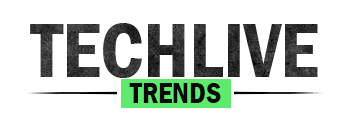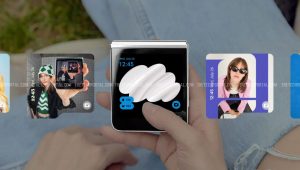Apple patent hints a multipurpose controller device alternative to the Apple Remote
Apple has filed for a patent (number US 11709557 B1) that hints at a multipurpose controller device alternative to the Apple Remote.
About the patent
The patent relates generally to input devices, and, more particularly, to a controller device that provides multiple functions for a user to use in a variety of contexts.
Obviously, controller devices are used to control various electronic devices such as televisions, DVD players, stereos, and game consoles. Typically, the controller device includes multiple buttons that can be pressed by a user to interact with the electronic device or to interact with a program or application displayed on the electronic device itself or on a second electronic device connected to the electronic device.
The inputs provided by the user via the controller device can be communicated to the electronic device for execution of an action that corresponds to the input provided. Apple thinks it can improve upon such devices.
The company’s idea is for a controller device that a user could use in a first orientation for control of a first device and/or first mode of a device (e.g., media player), but hold and operate the controller device in a second orientation for control of a second device and/or second mode of a device (e.g., gaming device).
Features can be selectively stowed and deployed to facilitate user operation in the different modes. For example, a controller device can be separated into segments to allow multiple users to hold and provide inputs with corresponding segments.
Summary of the patent
Here’s Apple’s abstract of the patent: “Controller devices can provide a user with multiple modes of operation. For example, the user can hold and operate the controller device in a first orientation for control of a first device and/or first mode of a device (e.g., media player), and the user can hold and operate the controller device in a second orientation for control of a second device and/or second mode of a device (e.g., gaming device). Features can be selectively stowed and deployed to facilitate user operation in the different modes. By further example, a controller device can be separated into segments to allow multiple users to hold and provide inputs with corresponding segments.”

